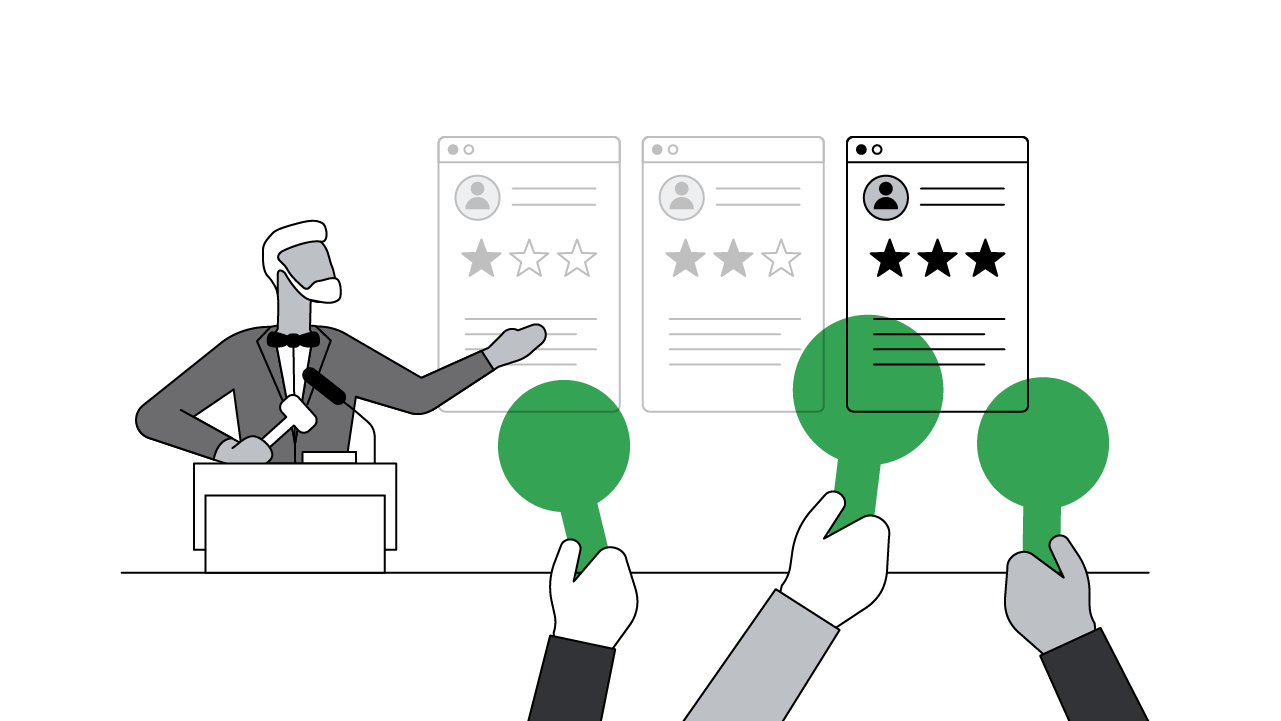Patrick Singer creates and delivers practical labs to enable marketers to become digitally mature and drive higher ROI through best marketing practices. In this article he shares his expertise on establishing a foundation for driving a data-driven marketing operation.
Leading digital marketers are blazing a trail in using consumer insights and digital tools in new and thoughtful ways and showing real results. According to a recent BCG study, improving digital marketing maturity can increase revenue by as much as 20%, while reducing costs by up to a third. Only 2% of advertisers are reaping the benefits of digital marketing maturity, but their pathway to success is clearer now than it has ever been.
Based on our in-depth research with BCG, we developed the Digital Maturity Benchmark tool to help businesses boost their digital maturity. The video below explains how it works.
To get going right away, here are four ways to start building the best data-driven operation possible, for the short- and long-term.
1. Lay a solid data foundation
Your marketing data lives in a lot of places, from your ad server, to your search bidding tool, your data management platform (DMP), and media platforms like YouTube or Facebook. Simplify that fragmented landscape by consolidating sources into one place, such as your web analytics tool. Having a single source of truth will make it easier for you to identify trends in campaign performance or user behaviour and make decisions for better efficiency and effectiveness.
Look beyond classic indicators for success, such as unit sales, and consider all meaningful interactions on your website and in your app that create value. Then assign a financial score to each of those interactions, by thinking through their full business impact.
Here’s an example: When a customer resolves a problem with a FAQ rather than speaking to an advisor, how much money does the company save? By considering the length of those calls, emails, or instant messages, and the costs involved, you can assign a value to user visits to those FAQs. Factoring in these interactions will help you determine the full worth of all assets on your website and your apps.
2. Automate to save time
Without building automation into digital marketing, there is a limit to how effective data-driven marketing can be. The speed and efficiency that automation brings are vital for everything from finding valuable audiences to enabling development.
Automating real-time bidding, for example, means bids can be adjusted on the fly, adding immense value to marketing operations, often with dramatic results. While automating workflows stops you and your team from focussing on repetitive tasks, providing the time to set strategy and move forward.
3. Create audience segments
By creating audience segments, you can begin to serve content targeted to each segment’s needs. One way of creating segments is to divide your audience into “prospects”, “hot leads”, and “existing customers” – all groups with distinct desires and roles to play in your marketing strategy. You could even segment further, subdividing “existing customers” into people who’ve bought once and regular customers.
These audience segments can be created using three data sources: platform data, such as search queries; third-party data, such as weather information for insurance companies; and your own data, like from your CRM, website, and apps.
4. Understand complicated customer journeys
Understanding how different touchpoints with your brand relate to each other is core to building an effective attribution model. When a customer sees your ad on their mobile, for instance, then buys from your website on their laptop, you need to connect the purchase and accurately attribute it to the mobile ad.
In reality, customer journeys can be even more complex, going on for several weeks, across various devices, including purchases in physical stores. If you capture the way these touchpoints work together, you can use those insights to invest in channels that make a difference, or make your automated bidding strategies even smarter.
Conclusion
Data-driven marketing is all about putting insights into action. So sketch out how the first four rules apply to your own marketing operation and put together a roadmap. Define owners, set timelines, and create momentum by picking out quick wins that can demonstrate value to senior stakeholders.
Want to know how your digital maturity compares to others in the industry? Our Digital Maturity Benchmark is a diagnostic tool developed based on our in-depth research with BCG.






